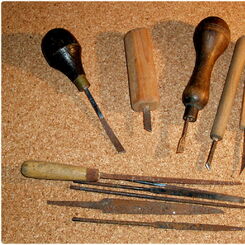Argentina Card Backs
BACK DESIGNS
The earliest playing cards had blank backs because of the difficulty of precisely aligning a pattern with the fronts of the cards when large sheets were cut into smaller units. During the eighteenth and nineteenth centuries, as printing technology improved, simple patterns of dots, geometric shapes, sprigs or other small repeating motifs were introduced.

Above: the introduction of printing blocks made from metal resulted in precise and regular back patterns of diagonally crossed lines, such as are currently used in many countries around the world. The examples shown here date from c.1950-60.

Above: commercial advertising on playing cards reflects the economic activities of the day, especially foreign industry operating in Argentina. The FIAT pack (by E. Flaiban) dates from the 1950s when private motor car ownership became feasible to the average Argentinean householder. Lately, Argentina's monetary policies have proved costly for manufacturers, exposed to cheaper competition from abroad… the 'Aerolineas Argentinas' pack was made in China.
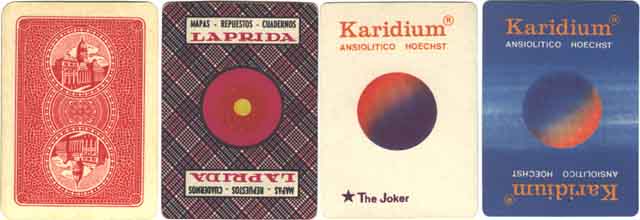
Above: back designs from "Naipes Porteño" and "Naipes Inca" by C. Della Penna, with advertising for Laprida products, c.1960.
Special Joker and back design from advertising pack for Hoechst pharmaceutical products, c.1970.
By Simon Wintle
Spain • Member since February 01, 1996 • Contact
I am the founder of The World of Playing Cards (est. 1996), a website dedicated to the history, artistry and cultural significance of playing cards and tarot. Over the years I have researched various areas of the subject, acquired and traded collections and contributed as a committee member of the IPCS and graphics editor of The Playing-Card journal. Having lived in Chile, England, Wales, and now Spain, these experiences have shaped my work and passion for playing cards. Amongst my achievements is producing a limited-edition replica of a 17th-century English pack using woodblocks and stencils—a labour of love. Today, the World of Playing Cards is a global collaborative project, with my son Adam serving as the technical driving force behind its development. His innovative efforts have helped shape the site into the thriving hub it is today. You are warmly invited to become a contributor and share your enthusiasm.

Related Articles

Cartas Precolombinas
Spanish playing cards with Pre-Columbian designs from Argentina, 2001.

Naipes Gauchescos Argentinos
“Naipes Gauchescos Argentinos” with re-styled Spanish suit-symbols reflecting Argentinean culture, 2...
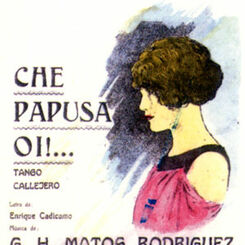
La Cumparsita Tango deck
Tango playing cards manufactured in Argentina, 2001.
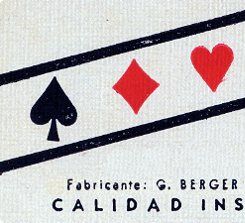
G. Berger, Buenos Aires, c.1935-50
Berger also produced a Hungarian-type "Seasons" pack with the brand name "La Estrella" and a six-poi...
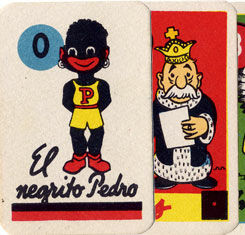
Anonymous manufacturers 1
Argentina has produced a series of anonymous decks, both Spanish-suited and Anglo-American type and ...
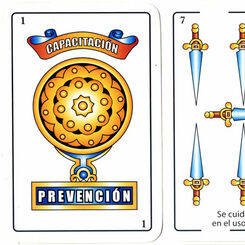
Anonymous manufacturers 2
Argentina has produced a series of anonymous decks, both Spanish-suited and Anglo-American type and ...

Standard playing cards manufactured by Joker S.A.
Standard playing cards manufactured by Joker S.A.

Alvarez Holmberg y Cia,
Alvarez Holmberg y Cia, playing card manufacturer, Buenos Aires, Argentina, c.1950-70
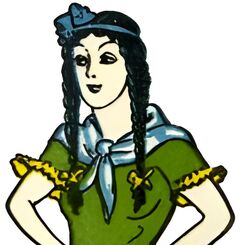
Argentinian Playing Cards - Naipes Argentinos
Playing cards were introduced to the Americas by Spanish explorers in the 16th century.

Naipes La Banca
Naipes La Banca, Argentina c.1970-85.

Imported Argentinean Playing Cards
There has been a number of importing agents, as well as manufacturers from other countries, who have...
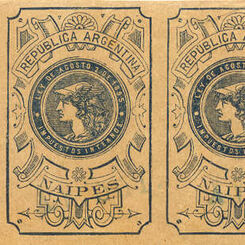
Impuestos Internos Sobre Naipes
Duty was first introduced on playing cards in Argentina in 1892, as part of the Internal Duties law,...

Cía General Fabril Financiera S.A.
Founded in 1889 as Compañía General de Fósforos, and favoured by certain economic factors, the firm ...

List of Argentinian Playing Card Manufacturers
List of Argentinian Playing Card Manufacturers from the 19th and 20th centuries.
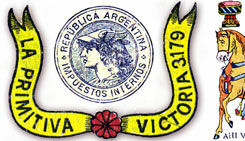
La Primitiva, Victoria 3179, Buenos Aires
La Primitiva, Victoria 3179, Buenos Aires c.1878-1920, manufacturers of paper and playing cards.
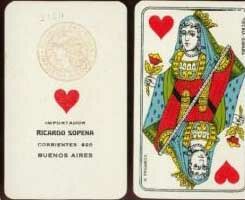
Ricardo Sopena
Argentina importing agent Ricardo Sopena, Corrientes 920, Buenos Aires
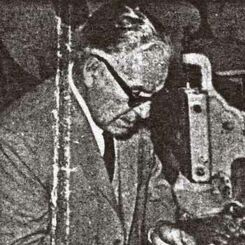
Ernesto Flaiban - Quality Control
Sr. Ernesto Flaiban, founder and president of E. Flaiban S.A., is seen here checking the quality of ...
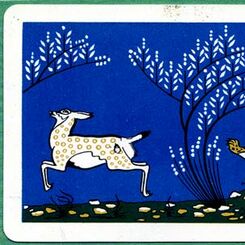
Nascal S.R.L., Buenos Aires, 1960-80
Nascal S.R.L., Paisandu 760, Buenos Aires c.1960-80, manufacturers of plastic playing cards.

Souvenir Playing Cards
Argentina publishes many tourist souvenir packs, usually with colour pictures on each card, and with...
Most Popular
Our top articles from the past 60 days


